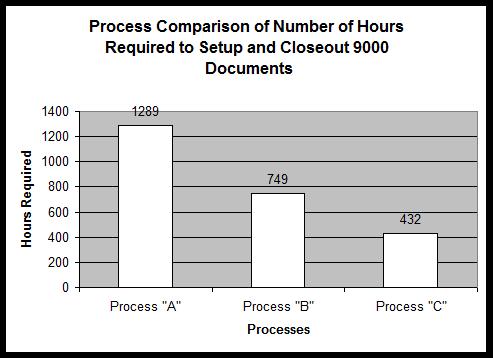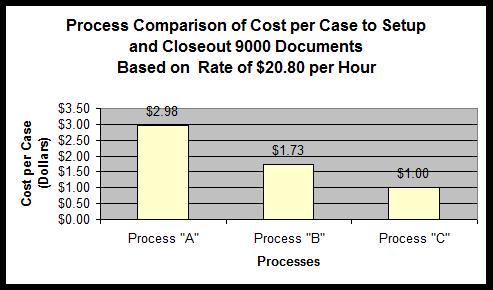Avoiding Budget Business Insanity
Budget business insanity in government, public and private sectors is said to be the practice of management trying to reduce cost this year while still using last year’s processes.
Today, management “cure all(s)” to lagging performance and rising cost of service is to immediately cut staff, reduce service and acquire a new computerized business system. The real “root” cause is not going to be resolved this way. What is really lacking is basic business philosophy 101. Management in government, public and private sectors needs to return to the “basics” of operating a business. It is not as glamorous as getting a new computerized business system, but it will stem the “bleeding” of resources and eroding service. Acquiring a new computerized business system without first identifying the current process will simply become another substitute process over laying the existing process while also driving up cost.
The following is an actual illustration of what can happen when management has not mapped the process, written desk instructions, developed measurement to know how long it takes to perform the activity or developed “score cards” to depict trends. Mapping the process flow is essential for it allows management to visually examine the entire activity process in order to identify and remove any non-value or substitute tasks that may exist within the activity. Lacking measurement prevents management from knowing how long it takes to perform the activity(s); thus it also prevents developing an accurate staffing guide. When lacking this information, management has no way of knowing what it is costing to perform that activity. Management is unable to budget properly, reduce cost or improve response time to the customer.
The client* in this study had two locations where the same identical activity was being performed. This allowed for a direct comparison of steps.
Initially it appeared that it was a very basic activity being performed. The activity was to setup and close out a case. The basic tasks involved the receiving of a document, entering the document data into computer data base and then closing out the case from the system. Upon closer analysis it was found that each location had developed its own non documented concept of how the process was to be done.
The following charts show what it cost using the same volume in terms of time and cost to perform the same activity using Process “A”, Process “B” and Process “C”. Process “C” is the new process that was developed for the same activity but with the removal of the “muda” and the streamlining of the process. In addition, a documented process flow with desk instructions was developed for the client. The “Total Hours” went from 1289 to 432; and the Cost per Document went from $2.98 to $1.00 per document. The new streamlined process allowed the client to both reduce cycle time and to realize annualized savings of $17,820.
The focus of ABM (Activity Based Management) is the management of the activities that consume the costs to provide the service, not the workers. ABM methodology allows the users to identify and evaluate opportunities for process improvement by examining processes. The intent is to insure the use of “best practices” and promote the concept of continuous process improvement.
Regardless of the nature of the business; the same opportunities for process improvement exist in manufacturing, office, banking, medical and government environment. Implementing a continuous process improvement mindset (or best practice) using ABM methodology with documented process mapping, activity measurement, desk instructions and regular tracking of trends can result in an initial 15 to 30 percent improvement in productivity.
The *client in this study was a government office. Similar processes have also been observed in public and private work places with similar results.
Rehn Nelson is an experienced continuous process improvement specialist with over twenty years of experience working with both private and public clients using ABM, Cycle Time, Six Sigma principles along with SIS, Indirect Work Measurement, Visio and “brown” paper mapping tools to analyze their current business processes and developing new “streamline” business process flows. Prior experience includes the position as a Senior Management System & Control Specialist for over twelve years with Rockwell International working on major defense and aerospace programs.
Contact him at Rehnster@aol.com








